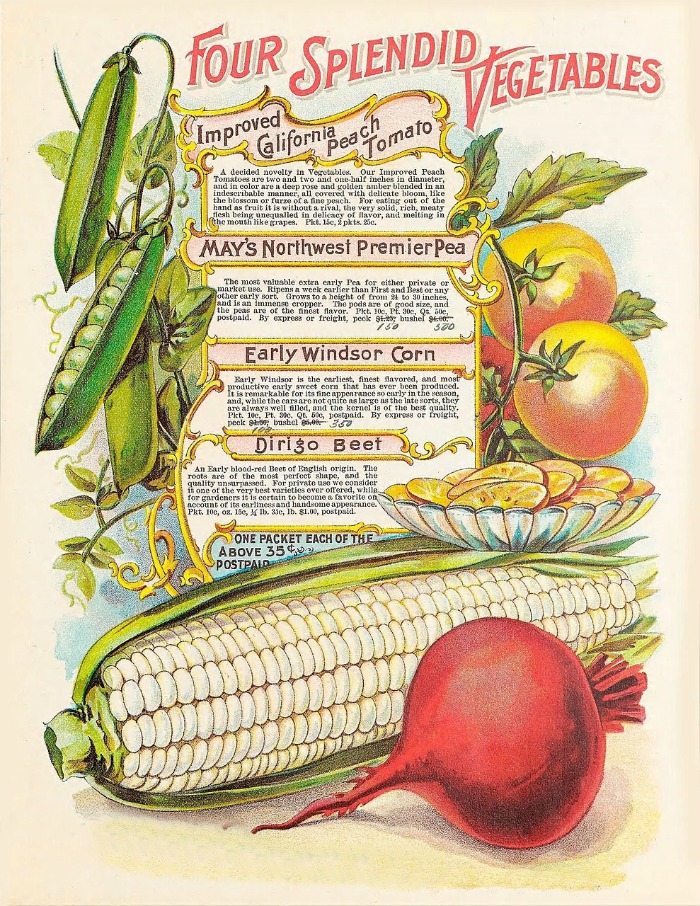Open-pollinated vs. hybrid seeds:
When it comes to seed saving, understanding the difference between open-pollinated and hybrid seeds is crucial. Open-pollinated (OP) seeds are those that have been pollinated naturally by wind, insects, or other natural means. These plants have a higher genetic diversity and tend to be more adaptable to different growing conditions. On the other hand, hybrid seeds are created through controlled cross-breeding of two parent plants with desired traits. While hybrids often exhibit superior qualities such as disease resistance or increased yield, they do not produce offspring that are true to type.
Saving seeds from heirloom varieties:
Heirloom varieties refer to plant cultivars that have been passed down through generations because of their unique characteristics and flavors. To save seeds from heirloom plants, you must first ensure that the variety is open-pollinated rather than a hybrid. Select healthy and mature fruits or vegetables for seed saving purposes as these will contain fully developed and viable seeds. Once harvested, remove the seeds from the fruit or vegetable and allow them to dry completely in a cool and well-ventilated area before storing them in airtight containers.
Isolation distances for preventing cross-pollination:
To maintain purity when saving open-pollinated seeds, it’s important to prevent cross-pollination between different varieties of the same species. This can be achieved by creating isolation distances based on each plant’s specific requirements for pollination. The distances vary depending on factors such as wind direction, insect activity, and plant height but generally range from 10 feet for self-fertilizing crops like beans or lettuce up to several miles for highly cross-pollinating crops like corn.
Seed cleaning and processing techniques:
After harvesting your seed-bearing plants, it is necessary to clean and process the seeds before storage. Start by removing any remaining plant material attached to the seeds using methods such as winnowing (separating seeds from chaff by tossing them in the air) or using screens with different-sized holes. Next, wash the seeds to remove any debris or pathogens by soaking them briefly in water and then straining them through a fine sieve. Allow the seeds to dry thoroughly before storing.
Long-term seed storage methods:
Proper long-term seed storage is essential to ensure the viability of saved seeds for future plantings. The key factors to consider are temperature, moisture, and light exposure. Ideally, store your seeds at a cool and stable temperature between 32°F (0°C) and 50°F (10°C). Keep them in an airtight container with low humidity levels, such as glass jars or sealed plastic bags containing desiccant packs to absorb excess moisture. Finally, store these containers in a dark place away from direct sunlight.
Seed viability testing:
Seed viability refers to the ability of a seed to germinate successfully under favorable conditions. To determine if your saved seeds are still viable before planting season arrives, conduct a simple germination test. Take a representative sample of your stored seeds (about 10-20), evenly spread them on moist paper towels or soil, and keep them warm in a controlled environment. After a specified time period depending on the crop type (usually 7-14 days), count how many have sprouted successfully—this will give you an idea of their overall viability.
Seed germination requirements and techniques:
Understanding the specific requirements for successful seed germination is crucial when saving seeds. Each plant species has its own set of optimal conditions including proper temperature range, moisture level, light exposure, and stratification needs (cold treatment for certain plants). Researching these requirements will help you provide adequate conditions during storage and when sowing saved seeds.
Saving seeds from biennial plants:
Biennial plants typically have two-year life cycles where they grow vegetatively one year followed by flowering and setting seed the next. To save seeds from biennial plants, it is important to overwinter them in a protected environment during their first year. In the second year, allow the plants to flower and produce seeds before harvesting. Examples of commonly saved biennial plant seeds include carrots, beets, onions, and cabbage.
Hand pollination techniques for seed saving:
Hand pollination can be used to ensure controlled cross-pollination or prevent unwanted cross-pollination between different varieties or species. This technique involves transferring pollen from one flower’s male reproductive organs (stamen) to another flower’s female reproductive organs (pistil). It requires delicacy and precision using a fine brush or cotton swab to transfer the pollen grains gently.
Saving seeds from self-pollinating plants:
Self-pollinating plants have flowers that contain both male and female reproductive organs. These include crops like tomatoes, peppers, peas, and beans. Saving seeds from these plants is relatively easy as they do not require isolation distances or hand pollination techniques. Simply select healthy fruits with fully matured seeds and allow them to ripen fully on the plant before harvesting.
Seed-saving tips for specific vegetable crops:
Each vegetable crop has its own unique characteristics when it comes to seed saving. For example:
– Tomatoes: Fermenting tomato seeds by allowing them to sit in water for a few days helps separate viable seeds from gelatinous coatings.
– Peppers: Harvest pepper pods once they have turned red or fully matured as this indicates that the seeds are ready for collection.
– Lettuce: Allow lettuce flowers to bolt and form fluffy seed heads before carefully collecting the tiny lettuce seeds.
– Cucumbers: Select cucumbers left on the vine until they become overly ripe; then slice open lengthwise to access mature cucumber seeds easily.
By incorporating these seed-saving practices into your gardening routine, you can maintain a diverse range of open-pollinated and heirloom varieties while ensuring a sustainable source of seeds for future harvests. Remember to always label and date your saved seeds for easy identification, and share them with fellow gardeners to promote biodiversity and preserve our agricultural heritage.


Leave a comment